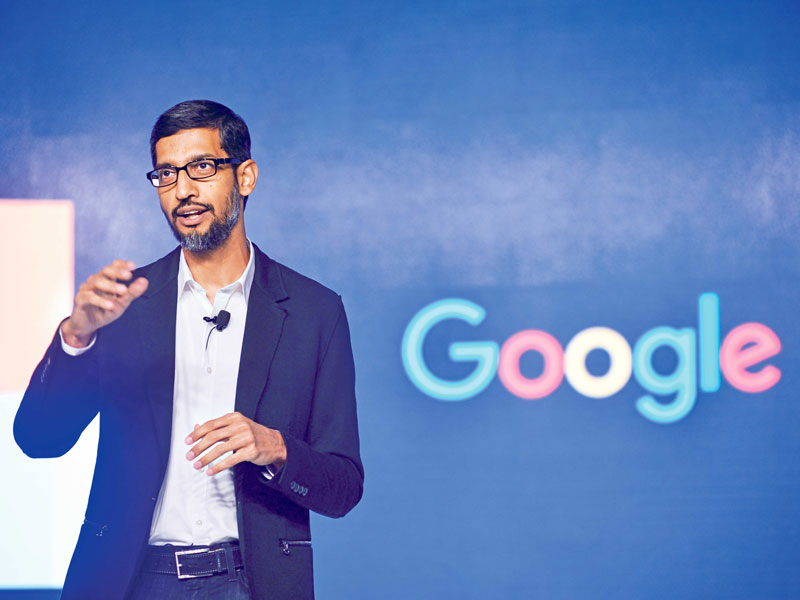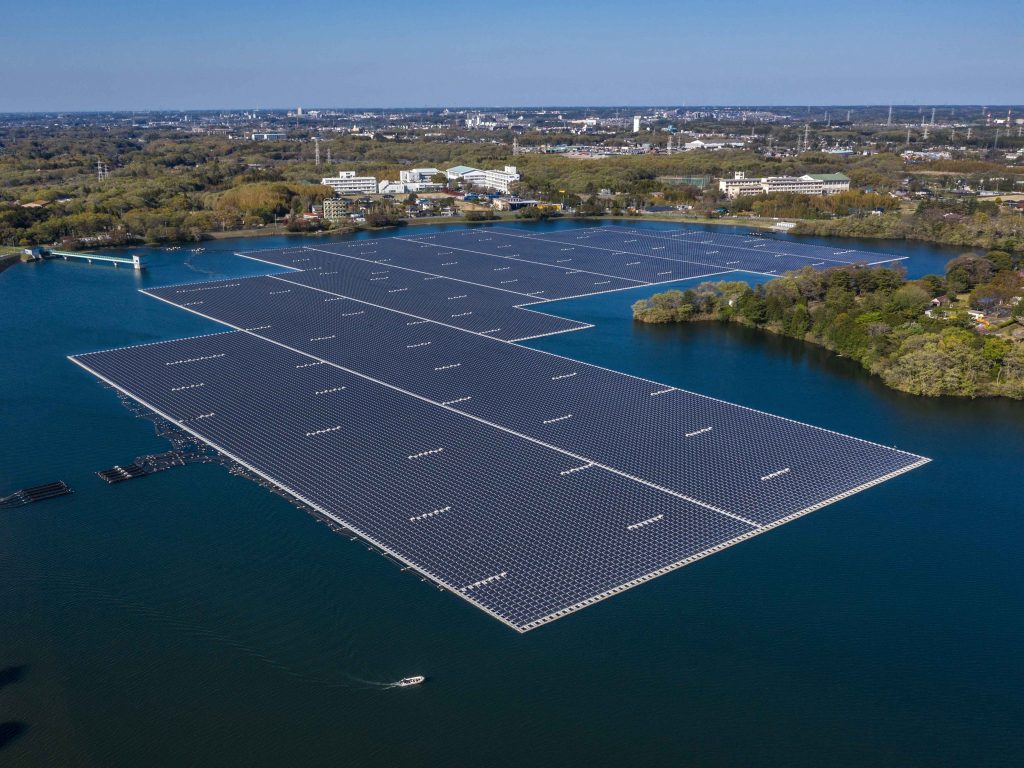The power of gridonomics
There is a transformation taking place in the energy arena today that is fast becoming a global movement
There is a transformation taking place in the energy arena today that is fast becoming a global movement
It will redefine the energy landscape; how the world generates, distributes and consumers energy, as well as our lifestyle and the environment. The result will be a connected energy superstructure for the 21st century and beyond.
Within the superstructure of 21st-century energy lies a key foundation, the Smart Grid (SG). A superstructure to be deployed throughout the electrical infrastructure that integrates all the key facets required to deliver on the promise. Essential to creating this foundation will be three intersecting components: policy, technology and economics. Cisco refers to this confluence as “Gridonomics” and the realisation of a new energy infrastructure will depend on all three “Gridonomic” pillars. So, what are the elements of each? And how will their convergence impact our energy, economic and environmental futures?
Policy makers globally recognise that the transformation of the electric grid is an opportunity to address broad objectives related to climate change, energy independence and clean technology-based economic growth. The creation of a “smart grid” will bring improved grid efficiency by reducing system losses, help integration of large amounts of renewable resources, improved system utilisation as well as grid resiliency and reliability (including cyber security), among other things. Not only will these benefits help ensure sustainable economic growth, they will also help reduce carbon emissions and positively impact global climate change. While the objectives are desirable, it is essential that coordinated national and local regulatory policies consider the impacts to customers involving new pricing and programmes, technology adoption and the potential for resulting rate increases.
Additionally, the societal and customer value from these policies must be articulated clearly and consistently. In the US, policymakers and key stakeholders need to do a better job of educating customers on the benefits and costs associated with implementing a thorough climate change policy – which includes shifting energy use from fossil fuels to electricity supplied by an increasingly cleaner portfolio of generation and demand side resources.
While the smart grid is often associated with just ICT investment, it will be the integration of both energy technology and ICT that actually results in a smarter grid. It is essential that utilities develop an overall smart grid architecture that reflects the physical changes to the electric system as well as the integration of ICT. Key technology trends include:
Distributed Generation (DG): In Europe, energy from renewable resources in some countries is reaching 50 percent or more of energy delivered on a given day. In the United States, 38 states have Renewable Portfolio Standards or Renewable Portfolio Goals.
Sensors: There is now widespread deployment of various sensor technologies across the electric grid. In North America, synchrophasor and smart metering deployments have been accelerated by US Smart Grid stimulus funding. Australia has also recently awarded smart grid funding that will result in a significant deployment of grid-sensing technology.
Plug-in Electric Vehicles (PEV): PEVs will be coming to the mass market over the next 12 months. In Europe, analysts anticipate perhaps nearly 500,000 PEVs will be on the roads by 2015 and in the US research suggests PEVs will make up 20 percent of new car sales by 2020. The current analog electrical grid was built over fifty years ago and not set up to handle “appliances” of this nature being plugged into the grid all at once, or even one at a time.
Energy Storage: Energy storage has the potential to enable the electric system to be more reliable and stable, and provide better power quality and customer-side energy management. Climate and energy policies are advocating energy storage as an asset that can be used to mitigate renewable energy intermittency, and storage technologies that can provide adequate dynamic response are becoming commercially viable at grid scale.
Networks: Utilities worldwide are rethinking their telecommunications needs and infrastructure architectures to address requirements for highly-available, low-latency wired networks to link substation and control centre operations as well as robust, secure wireless field area networks to support distribution automation, mobile field force automation and smart metering.
Data Analytics: Analytics will leverage data from many sources to enable smarter, faster decisions by automated information systems, utility personnel and customers. This tsunami of data will be managed more effectively through the use of communication network-based tools.
Cyber Security: The transformation of traditional energy networks to smart grids requires an intrinsic security strategy to safeguard this critical infrastructure. In the US, concurrent and complementary efforts are underway to address the development and implementation of a lifecycle approach for the electric industry. The results – expected over the next 12-18 months – can be leveraged worldwide by policy makers and utilities.
Distributed Intelligence: Distributed intelligence embeds digital processing and software in and along the power grid infrastructure to implement flexible grid automation. Networking connects these processing elements together so that they can work individually but act collectively to carry out power grid operational and business functions in a non-centralised manner. The use of distributed intelligence provides opportunities for utilities to implement scalable systems to integrate greater amounts of renewable distributed generation, enhance grid efficiency and operations. Globally, trillions of dollars will be invested over the next twenty years to make the electrical grid more modern, secure, reliable and efficient. The current economic recession, however, has heightened the sensitivity of utility rate increases and capital investment. As such, it is essential that current and future benefits to society, consumers, and businesses be clearly communicated.
Societal Value: Societal value attempts to capture the importance of climate and energy independence as well as the economic value from increased reliability and customer benefits. For example, the societal value of the smart grid policy trends identified above was recently estimated by McKinsey as $130bn annually in the US by 2019. This forecast attempts to capture the entire value of US smart grid investment, what McKinsey calls the “value at stake.”
Customer Value: Central to smart grid investments and new business models is the creation and articulation of increased customer value. Exciting new customer products and services that leverage technology platforms are being deployed. These include information services, financial services and energy management, among others. Adoption of responsive technologies can also develop compelling customer value. Adjacent consumer technologies, like “apps” for smart devices are quickly emerging.
Business Value: The electric system in most developed countries was largely built 40-50 years ago and much of the core infrastructure needs replacement. In the US, the Edison Electric Institute (EEI) forecasts that over $1trn will be spent over the next twenty years on electric infrastructure. The investment associated with Smart Grid technologies could be upwards of $175m in the US alone, according to EEI. In any event, the regulated return on this investment will mean that many utilities will have an opportunity to grow earnings for an extended period while providing better customer service and improved reliability.
Additionally, new business opportunities are emerging for both utilities, existing competitive energy services providers and new entrants to create customer value as described earlier. Multiple means of monetising these opportunities exist, ranging from traditional product sales, to wholesale markets for responsive demand and energy conservation, to financial services, and to potentially the several “free” market models that have emerged over the past decade in other commercial sectors. While the electricity sector is unique on many dimensions, it is clear that the traditional regulated business model will evolve and new business models will be used to create customer value and meet broader policy objectives.
Further information: www.cisco.com













